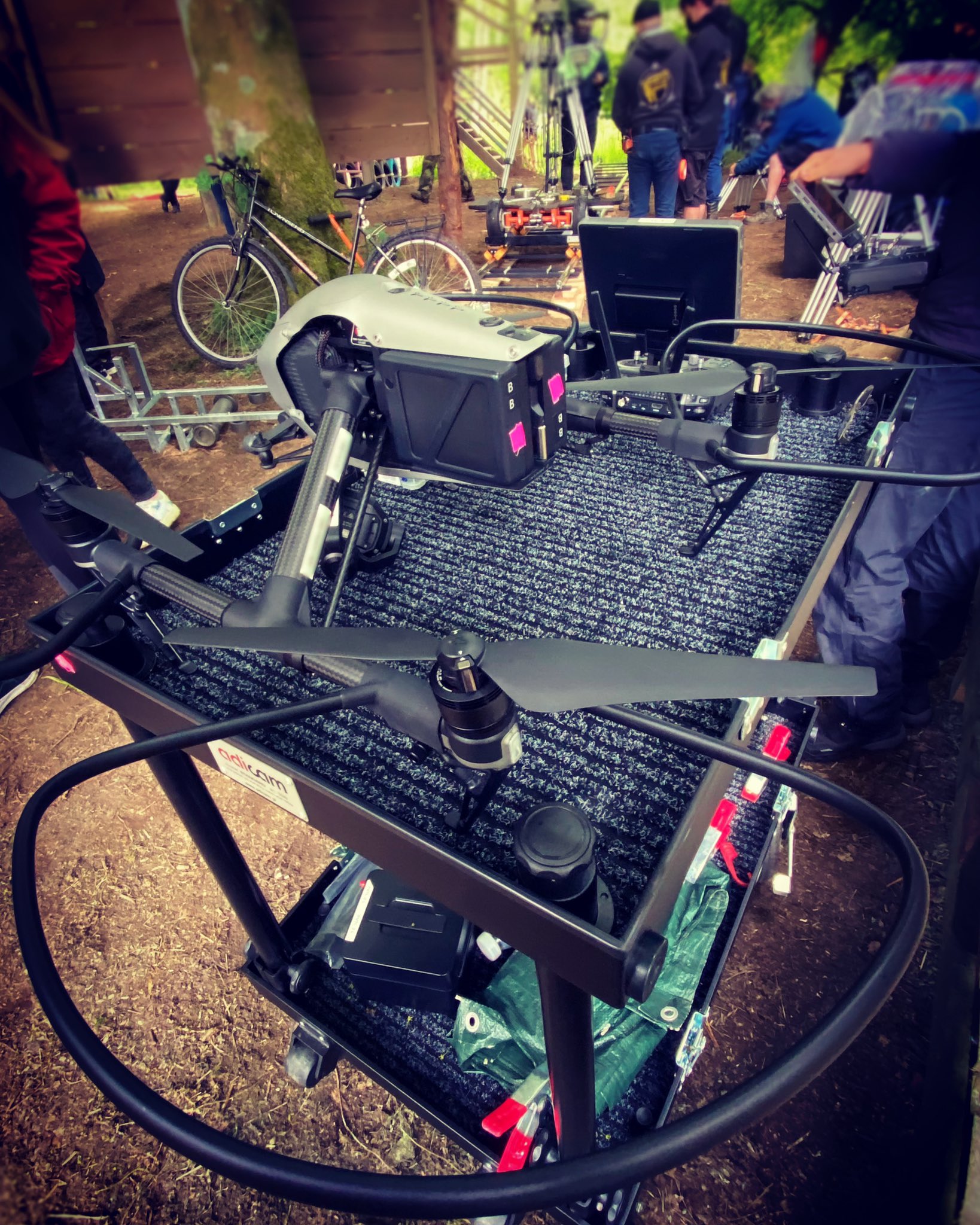Uninterrupted Cinematography Captures The Raw Emotion Of A Pivotal Film Scene
In the world of cinema, captivating audiences with raw and authentic emotions is paramount. Uninterrupted cinematography has emerged as an indispensable tool for filmmakers seeking to evoke unadulterated feelings from their viewers. By seamlessly capturing the ebb and flow of pivotal moments, these uninterrupted shots transport us into the heart of the characters’ journeys.
Traditional editing techniques often interrupt the emotional flow, creating a disjointed experience. In contrast, uninterrupted cinematography allows viewers to fully immerse themselves in the present moment, experiencing the characters’ emotions with unparalleled intensity.
Uninterrupted cinematography has become increasingly popular due to its ability to convey realism and authenticity. Long, unbroken takes minimize distractions and allow actors to fully embody their characters. It fosters a sense of immediacy, drawing viewers into the action as if they were present alongside the performers.
Ultimately, uninterrupted cinematography serves as a powerful tool for filmmakers to engage audiences on a profound level. By seamlessly capturing the raw emotion of pivotal moments, these long takes evoke genuine and unforgettable cinematic experiences.
Unveiling The Magic of Uninterrupted Cinematography

Pivotal on Twitter: “Bit of close proximity so propguards a must! #dji – Source twitter.com
I vividly recall a scene from the groundbreaking film “1917.” Director Sam Mendes employed a series of uninterrupted shots to depict a harrowing journey through war-torn trenches. As the camera followed the two main characters, the audience was transported directly into their perilous mission.
The lack of cuts created an unrelenting sense of tension and vulnerability. We shared their every breath, every step, and every fear. The result was an overpowering emotional connection that left an indelible mark on my mind.
Uninterrupted cinematography not only enhances emotional impact but also allows for greater narrative fluidity. By eliminating transitions, filmmakers can seamlessly weave together different scenes and perspectives, creating a cohesive and immersive cinematic experience.
In the case of “Birdman,” director Alejandro G. Iñárritu used long takes to simulate a single, continuous shot throughout the entire film. This unconventional approach blurred the lines between reality and fiction, immersing viewers in the protagonist’s troubled psyche.
Uncovering The Roots and Legacy of Uninterrupted Cinematography

Cinematic Captures | Cinematography – Source www.cinecaptures.com
The concept of uninterrupted cinematography has roots in the early days of filmmaking. Pioneers like Alfred Hitchcock and Orson Welles experimented with long takes to create suspense and realism.
In recent years, the technique has gained renewed popularity thanks to advancements in camera technology and a growing appreciation for its evocative power. Directors such as Alfonso Cuarón and Steven Spielberg have embraced uninterrupted cinematography to enhance the emotional depth of their films.
However, it’s important to note that uninterrupted cinematography is not without its challenges. Maintaining continuity, coordinating actors, and ensuring technical precision can be daunting tasks.
Nevertheless, when executed successfully, uninterrupted cinematography has the potential to transcend mere entertainment and create transformative cinematic experiences.
The Hidden Secrets of Uninterrupted Cinematography

Ivana Besevic Captures Raw Emotion in Vulnerable Portraits | Portrait – Source www.pinterest.com
One of the secrets behind the power of uninterrupted cinematography lies in its ability to focus audience attention on the present moment. By eliminating distractions, viewers are drawn into the immediate emotional landscape of the characters.
Another key element is the use of natural lighting. Long takes often rely on available light sources to create a sense of authenticity and intimacy. This approach allows actors to interact with their surroundings in a more organic manner.
Furthermore, uninterrupted cinematography demands meticulous planning and rehearsal. Directors must carefully choreograph camera movements and actor performances to ensure seamless transitions and believable interactions.
By mastering these elements, filmmakers can harness the full potential of uninterrupted cinematography to deliver truly immersive and unforgettable cinematic experiences.
Essential Tips for Crafting Uninterrupted Cinematic Moments

Pivotal Life! | Pivotal Film – Source pivotal.film
If you aspire to incorporate uninterrupted cinematography into your own films, consider these essential tips:
- Choose pivotal moments that demand emotional impact and narrative momentum.
- Plan and rehearse meticulously to ensure continuity and precision.
- Utilize natural lighting and camera movements to create authenticity and intimacy.
- Consider using a Steadicam or handheld camera for greater fluidity.
- Allow your actors to fully embody their characters and react naturally to the environment.
Uninterrupted Cinematography: A Timeless Technique for Emotional Impact

Pin on Jewelry – Source www.pinterest.com
In the realm of filmmaking, uninterrupted cinematography stands as a powerful tool for conveying raw emotions and creating immersive experiences. By capturing the flow of pivotal moments without interruption, filmmakers can draw audiences into the heart of their characters’ journeys.
From the harrowing trenches of “1917” to the surreal halls of “Birdman,” uninterrupted cinematography has left an indelible mark on the history of cinema. Its ability to evoke authenticity, realism, and profound emotional connections makes it an enduring technique that will continue to captivate audiences for generations to come.
Fun Facts About Uninterrupted Cinematography

From Sideman To Star: A New Film Captures Jimi Hendrix’s Pivotal Year – Source freshairarchive.org
Did you know?
- The longest uninterrupted shot in film history clocks in at an astonishing 86 minutes, featured in the Russian film “Russian Ark” (2002).
- Director Alfred Hitchcock famously used a 10-minute uninterrupted shot in his masterpiece “Rope” (1948), creating a sense of claustrophobia and tension.
- The film “Gravity” (2013) employed long takes to simulate the weightlessness and isolation of space, enhancing the film’s emotional impact.
Step-by-Step Guide to Uninterrupted Cinematography

Raw Emotion – Uwem Captures – Source www.uwemcaptures.com
Embarking on your own uninterrupted cinematic journey? Follow these steps:
- Identify the pivotal moments that call for uninterrupted shots.
- Plan and choreograph the camera movements and actor performances meticulously.
- Consider using a Steadicam or handheld camera for greater fluidity.
- Provide ample rehearsal time to ensure smooth transitions.
- Capture the scenes with minimal interruptions, allowing the emotions to flow naturally.
What If You Face Challenges with Uninterrupted Cinematography?

yelloscreen – Unmasking Ravish Kumar: A Revealing Journey in While We – Source yelloscreen.com
Don’t despair if you encounter challenges while attempting uninterrupted cinematography. Here’s how to overcome them:
- Technical difficulties: Ensure you have reliable camera equipment and support.
- Actor performance: Provide clear instructions and rehearse extensively.
- Continuity issues: Pay attention to details and maintain consistency throughout the shot.
- Audience engagement: Use sound, lighting, and framing to keep viewers engaged.
Listicle: Uninterrupted Cinematography in Iconic Films
Experience the power of uninterrupted cinematography in these iconic films:
- 1917 (2019)
- Birdman (2014)
- Gravity (2013)
- Children of Men (2006)
- Goodfellas (1990)
Question and Answer on Uninterrupted Cinematography
Q1: What are the benefits of uninterrupted cinematography?
A1: Enhanced emotional impact, narrative fluidity, and a sense of authenticity.
Q2: What films have utilized uninterrupted cinematography effectively?
A2: 1917, Birdman, and Gravity are notable examples.
Q3: What are the challenges of uninterrupted cinematography?
A3: Maintaining continuity, coordinating actors, and ensuring technical precision.
Q4: Can anyone use uninterrupted cinematography?
A4: Yes, with proper planning and execution, filmmakers of all levels can incorporate uninterrupted shots into their films.
Conclusion of Uninterrupted Cinematography Captures The Raw Emotion Of A Pivotal Film Scene
Uninterrupted cinematography has revolutionized the art of cinema, enabling filmmakers to convey emotions with unparalleled authenticity and impact. By seamlessly capturing pivotal moments without interruption, these long takes draw audiences into the heart of the characters’ journeys, creating immersive experiences that leave an unforgettable mark.
In an era where distractions abound, uninterrupted cinematography serves as a powerful antidote, inviting us to pause, reflect, and fully engage with the raw emotions unfolding on screen. As technology continues to advance and filmmakers embrace this technique, we can expect even more breathtaking and emotionally charged cinematic moments in the years to come.

